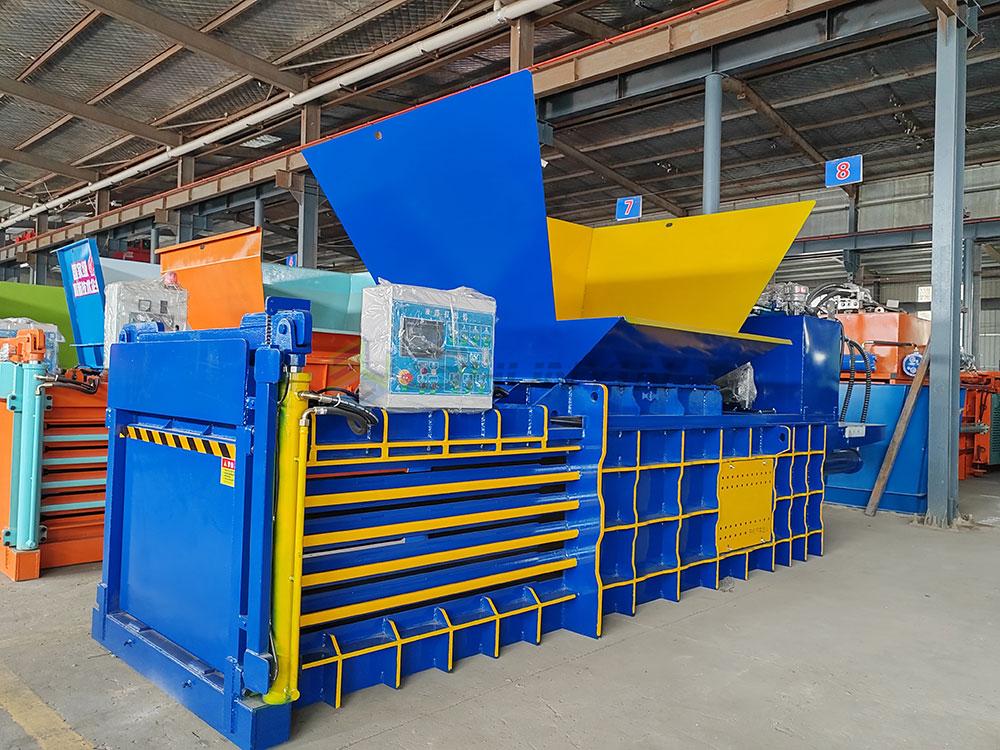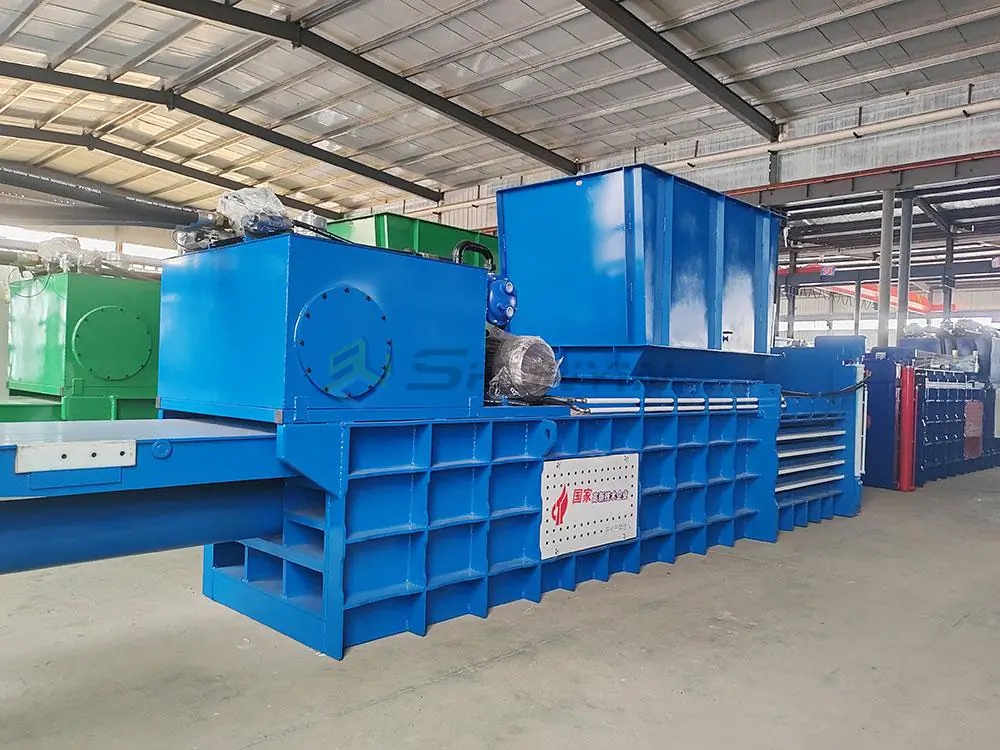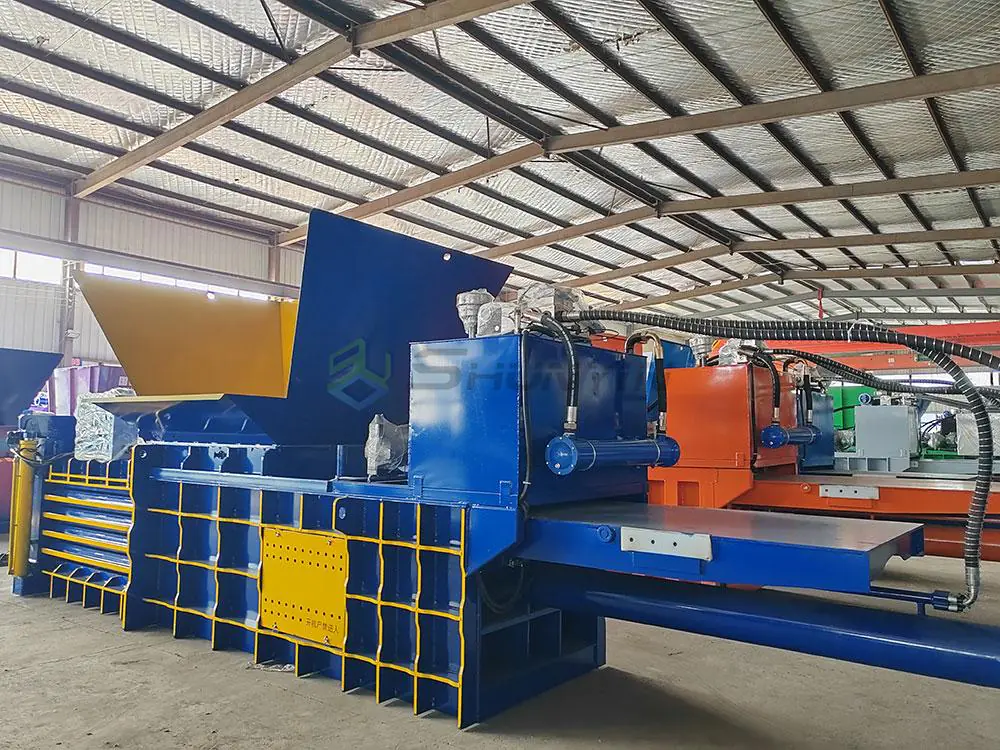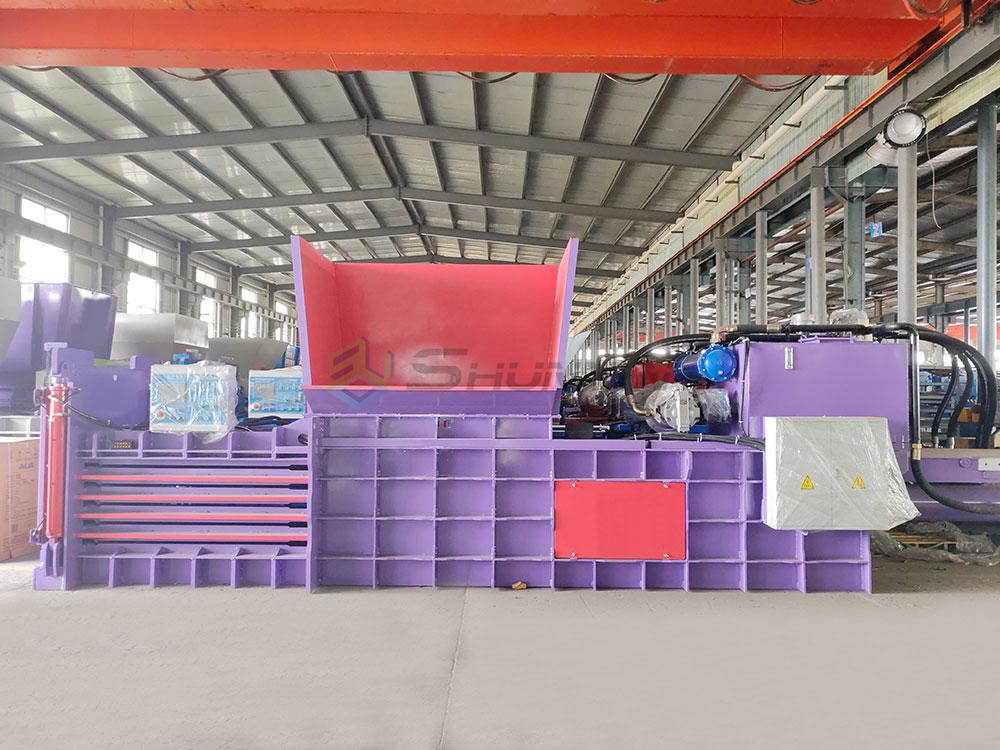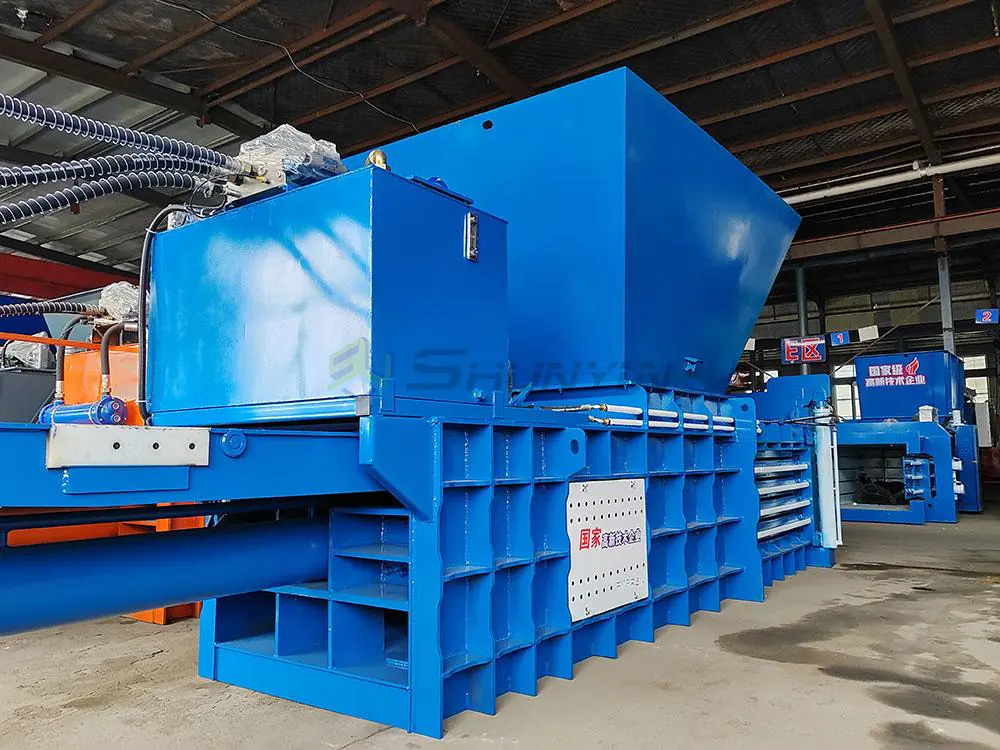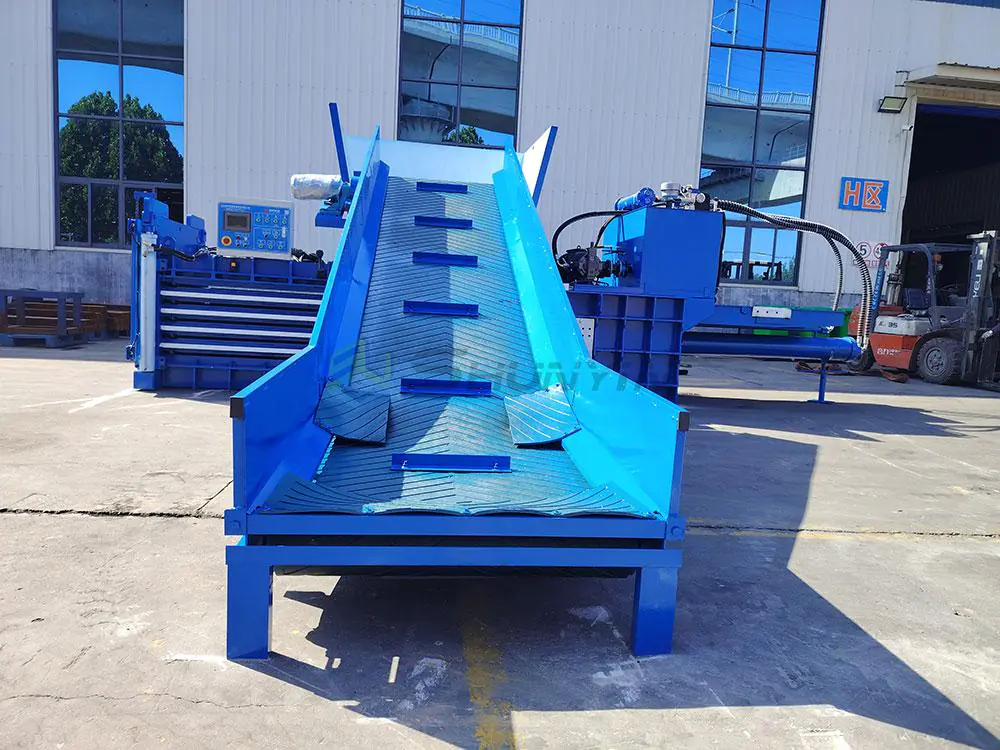
Last month, our engineering team revived a 9-year-old baler that processed 38,000 bales – nearly double its expected lifespan. Want to achieve similar results? Here’s the system we developed through 300+ repair cases.
Baler maintenance requires daily inspection of 5 key components: hydraulic oil levels (maintain 85-90% full), cylinder seals (check for ≥2mm thickness), blade sharpness (replace when gaps >0.8mm), electrical connections (test weekly), and frame welds (monthly inspection). Proper maintenance extends baler lifespan from average 5 years to 8-12 years while reducing repair costs by 60%.
After producing 520+ balers for global clients, I discovered 73% of machine failures stem from preventable maintenance mistakes. Follow these battle-tested strategies to protect your investment.
What is the maintenance of a baler?

Our Vietnam client increased uptime by 41% using this maintenance matrix I personally designed:
3-Level Maintenance Protocol
| Frequency | Tasks | Tools Needed | Time Required |
|---|---|---|---|
| Daily | Check oil temp (≤65°C), clean debris, test emergency stop | Flashlight, infrared thermometer | 8-12 minutes |
| Weekly | Lubricate 23 points, inspect belt tension (5-10mm deflection) | Grease gun, tension gauge | 25-40 minutes |
| Monthly | Replace filters, torque check 86 bolts (35-50Nm), PLC diagnostics | Torque wrench, multimeter | 2-3 hours |
Critical findings from our service records:
- Hydraulic oil degrades 3x faster when operating >8hrs/day
- Unlubricated bearings fail in 60-90 days vs 3 years when maintained
- 80% of electrical faults start with loose terminal connections
Download our maintenance checklist customized for your baler model.
What are some safety tips when using a baler?

Last year’s OSHA data shows 34% of baler accidents occur during routine operation, not maintenance. Protect your team with these non-negotiable rules:
5-Point Safety Enforcement
-
Pre-Operation Checks
- Verify safety curtain functionality
- Confirm door interlock alignment
- Test ground continuity (≤1 ohm resistance)
-
Operator PPE Requirements
- Cut-resistant gloves (EN 388 Level 3)
- Steel-toe boots (ASTM F2413-18)
- Hearing protection (NRR 25dB+)
-
Emergency Protocol Training Scenario Response Time First Action Hydraulic leak <10 seconds Hit emergency stop Material jam <30 seconds Lockout power Electrical arc Immediate Evacuate 15m radius
Our factory implements daily safety briefings – a practice that reduced incidents by 89% since 2019. Need help creating your safety program? Request our training modules.
How to maintain a hay baler?

Processing 5-ton hay bales daily requires specialized care. From serving Australian cattle farms to Canadian hemp producers, we’ve refined these methods:
Seasonal Maintenance Guide
| Season | Focus Area | Recommended Service |
|---|---|---|
| Spring | Pickup assembly | Replace 36 tines, adjust spring tension |
| Summer | Gearbox | Change oil (ISO VG 220), check alignment |
| Fall | Hydraulic system | Flush reservoir, test pressure relief valve |
| Winter | Electronics | Moisture-proof connectors, apply dielectric grease |
Essential tools for field maintenance:
- Laser shaft alignment tool (±0.05mm accuracy)
- Vibration analyzer (10-1000Hz range)
- Thermal imaging camera (resolution ≤0.1°C)
Pro Tip: Hay contains abrasive silicates – replace wear plates every 350 operating hours instead of standard 500. Our dual-hardened plates last 70% longer than standard models.
What should you do before making a bale or performing general maintenance to a baler?

Before starting any job, our technicians perform 7 critical steps refined through 12,000 service calls:
Pre-Operation Protocol
-
Power Verification
- Check voltage stability (steady ±5%)
- Test ground fault protection (trips <0.1s)
-
Mechanical Readiness
- Verify blade clearance (0.3-0.5mm)
- Confirm plunger alignment (max 2° deviation)
-
Material Preparation
- Remove metal contaminants (use magnetic separator)
- Sort by density (max mix: 15% variance)
-
Safety Compliance
- Attach lockout tag
- Verify safety perimeter (1.5m clearance)
| Record these parameters pre-operation for optimal results: | Parameter | Acceptable Range | Measurement Tool |
|---|---|---|---|
| Hydraulic Temp | 40-60°C | Infrared thermometer | |
| Oil Viscosity | ISO VG 46 @40°C | Portable viscometer | |
| Pump Noise | ≤78 dB(A) | Sound level meter |
Get our pre-op inspection app with automated logging and alerts.
Maintaining balers isn’t about fixing breakdowns – it’s preventing them. Through servicing 193 clients across 7 countries, we’ve proven that systematic care triples equipment lifespan while halving operating costs. Don’t gamble with reactive repairs. Schedule professional maintenance today – our team speaks 6 languages for seamless support.


